The colors on your plate may be a culinary siren’s call, luring you in with the promise of fun and flavor, but beneath those vibrant hues lies a cocktail of chemicals that could be quietly sabotaging your health. As the debate over artificial food dyes reaches a boiling point, one thing is clear: the rainbow of options on the grocery store shelves come with a dark side, and it’s time to confront the toxic truth that has been hiding in plain sight.
RFK Jr., 26th secretary of The Department of Health and Human Services, is on a mission to make America healthy again. On Tuesday, April 22nd, he announced that the HHS department as well as the FDA will phase out all petroleum-based artificial food dyes by the end of 2026.
These dyes include Red No. 40, Green No. 3, Yellow No. 5, Yellow No. 6, Blue No. 1, and Blue No. 2. Common foods like cereals, baked goods, ice cream, yogurt, and candy are all products containing one or more of these dyes.
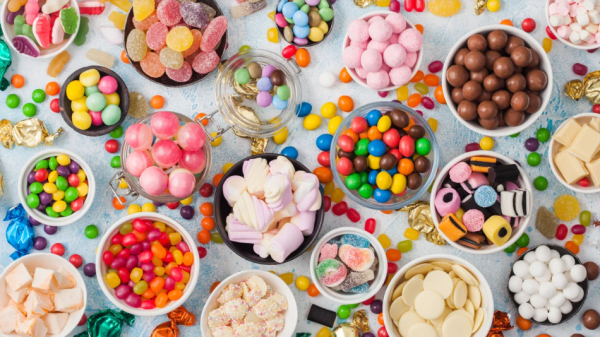
The commissioner of the FDA, Marty Makary, says, “For the last 50 years, American children have increasingly been living in a toxic soup of synthetic chemicals.” According to the FDA as well as proven studies, these synthetic chemicals are linked to ADHD and other health conditions.
Kelli Izzo, assistant principal, speaks about products that are marketed towards children, sharing, “When your kids are little, that’s when their habits towards food are formed. I think if you try to get them as healthy as possible, it’ll impact them for the rest of their life. Especially when you’re looking at the red dyes that are tied to ADHD, you really see that for some kids it just doesn’t work. Anything that is synthetic, why are we marketing that in general?”
Todd Haverdill, health teacher, adds on by saying, “As a health teacher, I believe it is important to know what is in our food. It is essential for making informed choices, especially when teaching students to develop lifelong healthy eating habits.”
Like Izzo and Haverdill, Brady Bourquin, science teacher, supports the idea of getting rid of these artificial dyes. “I would also like to see a reduction in our dependence on high fructose corn syrup as a main ingredient in our food supply,” commented Bourquin.
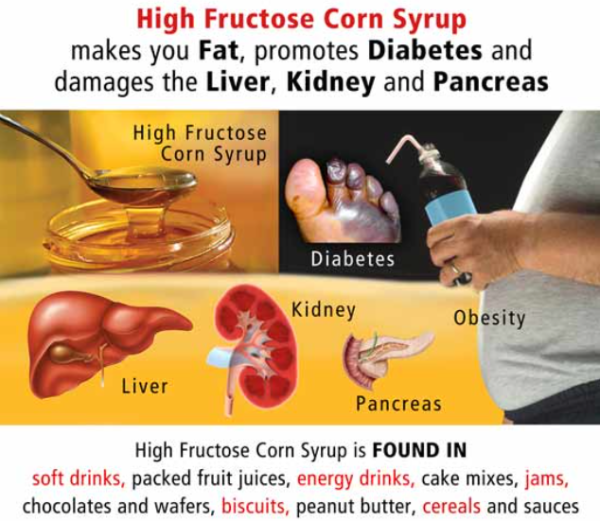
While Haverdill agrees with Bourquin, Izzo suggests taking a look into microplastics. “You always hear about microplastics in foods, I would love to know why that is and how we get them out,” discusses Izzo.
As the United States is working on pushing these artificial food dyes out, consumers are left wondering: what’s next? Will this be the shift the US needs to lead toward cleaner food options? One thing’s for sure, the conversation around food safety and transparency is heating up and it’s time for manufacturers to rethink their recipes.






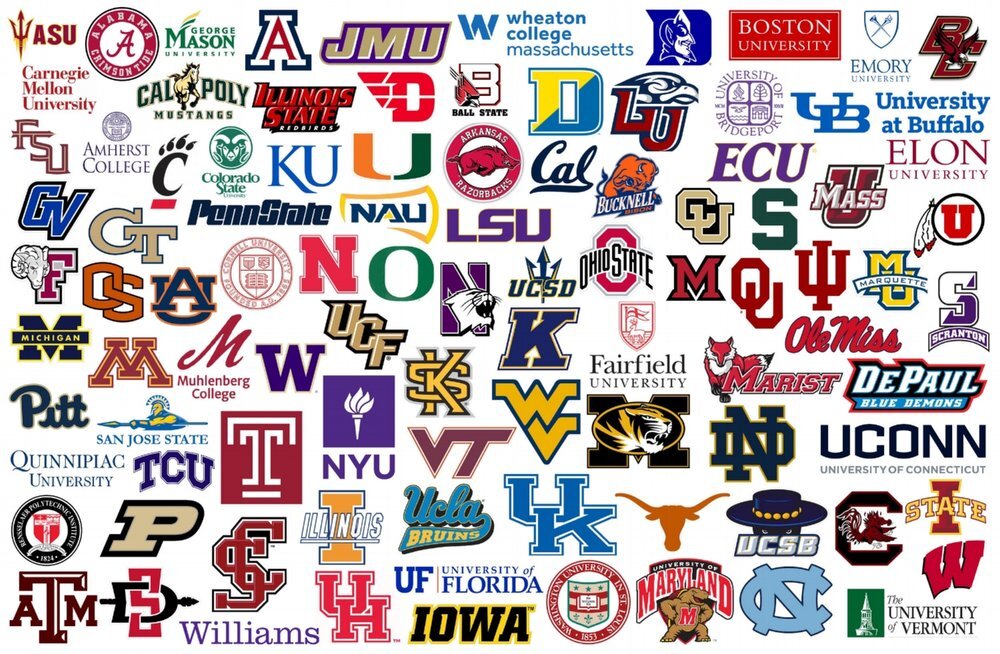


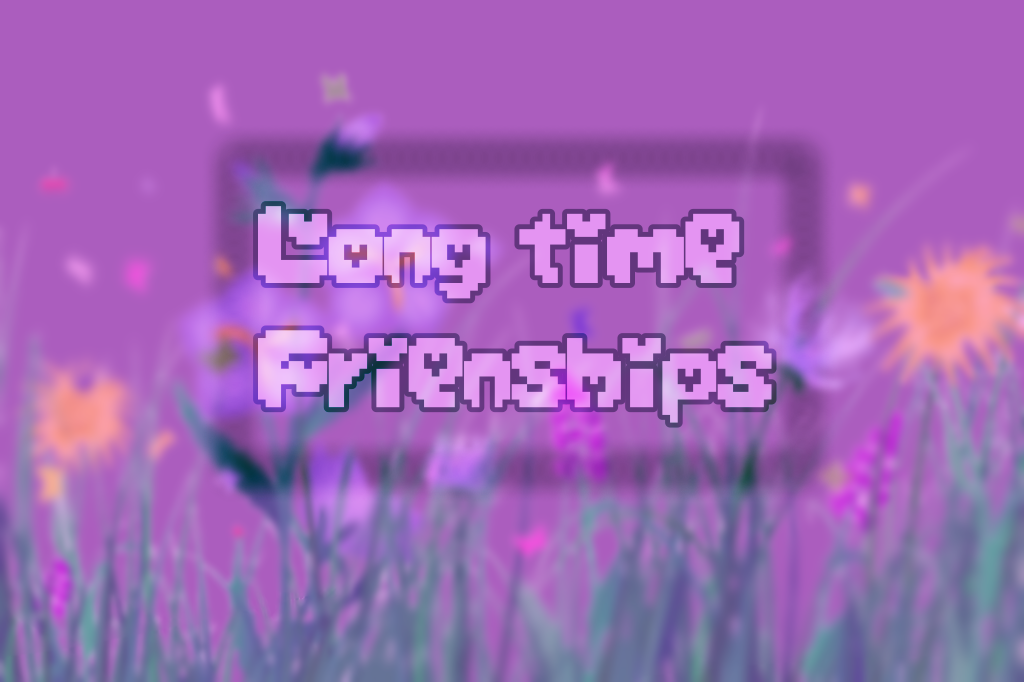
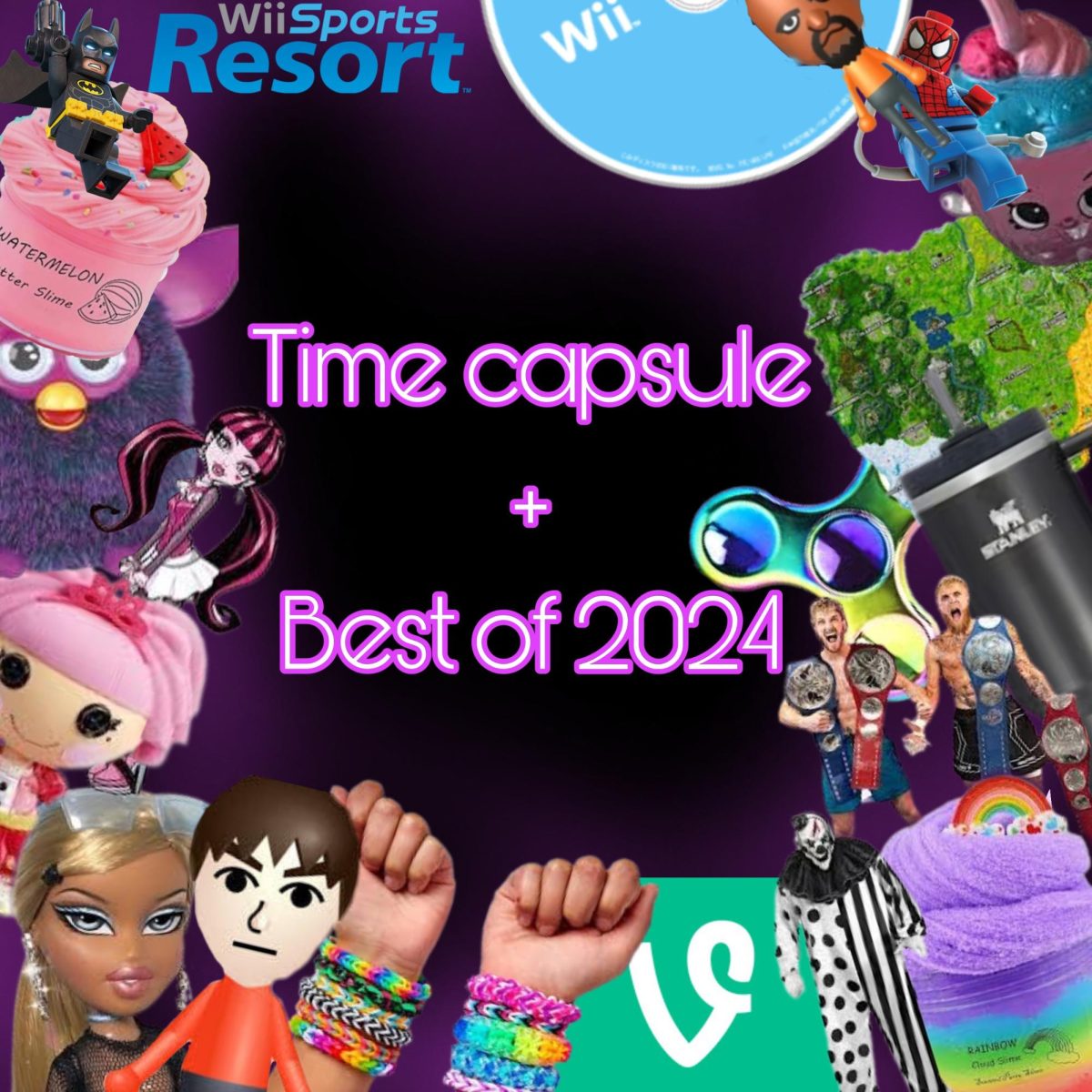

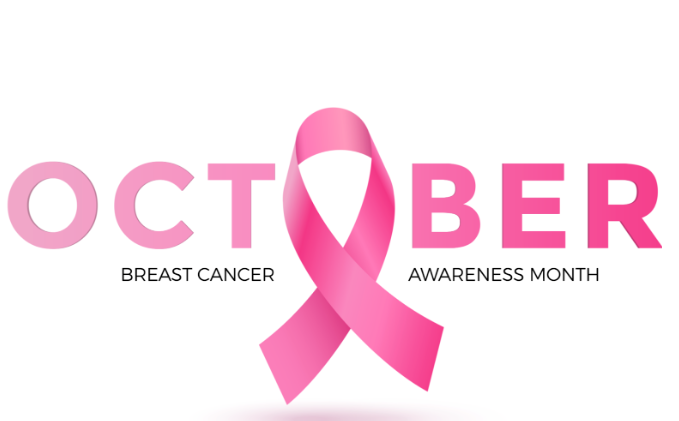






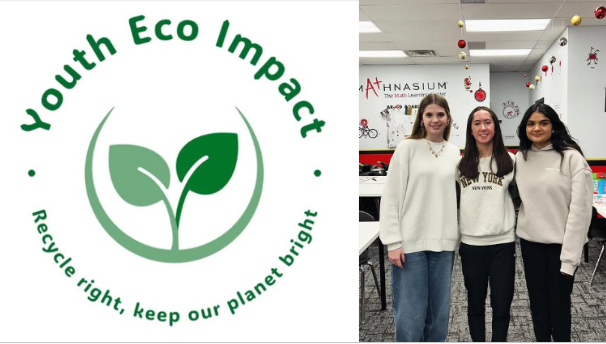





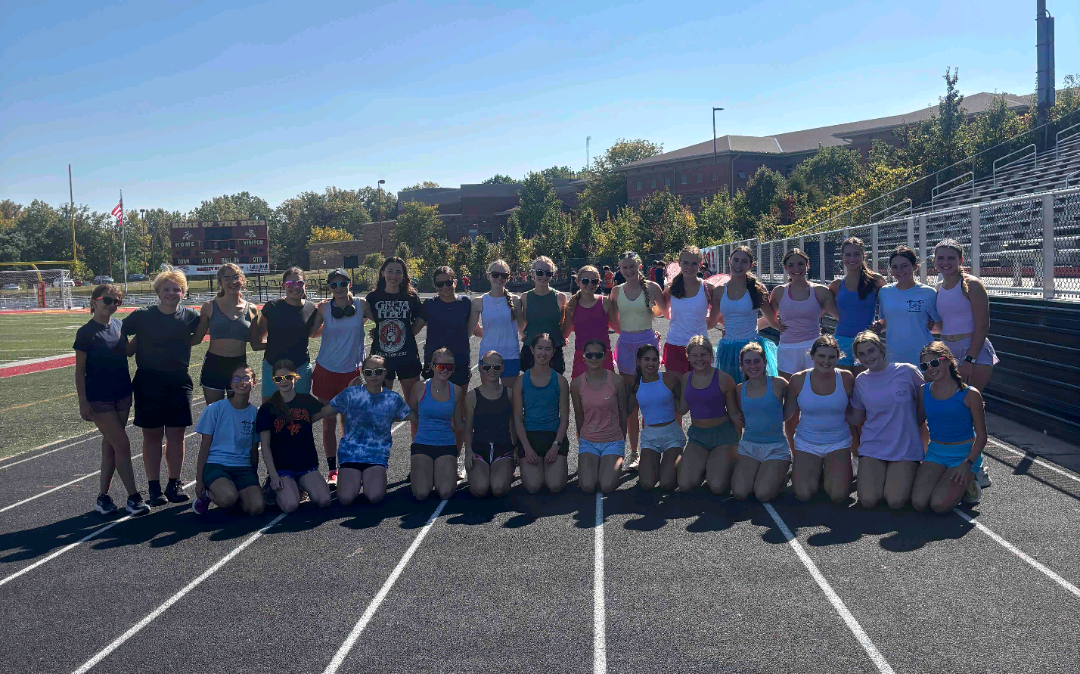

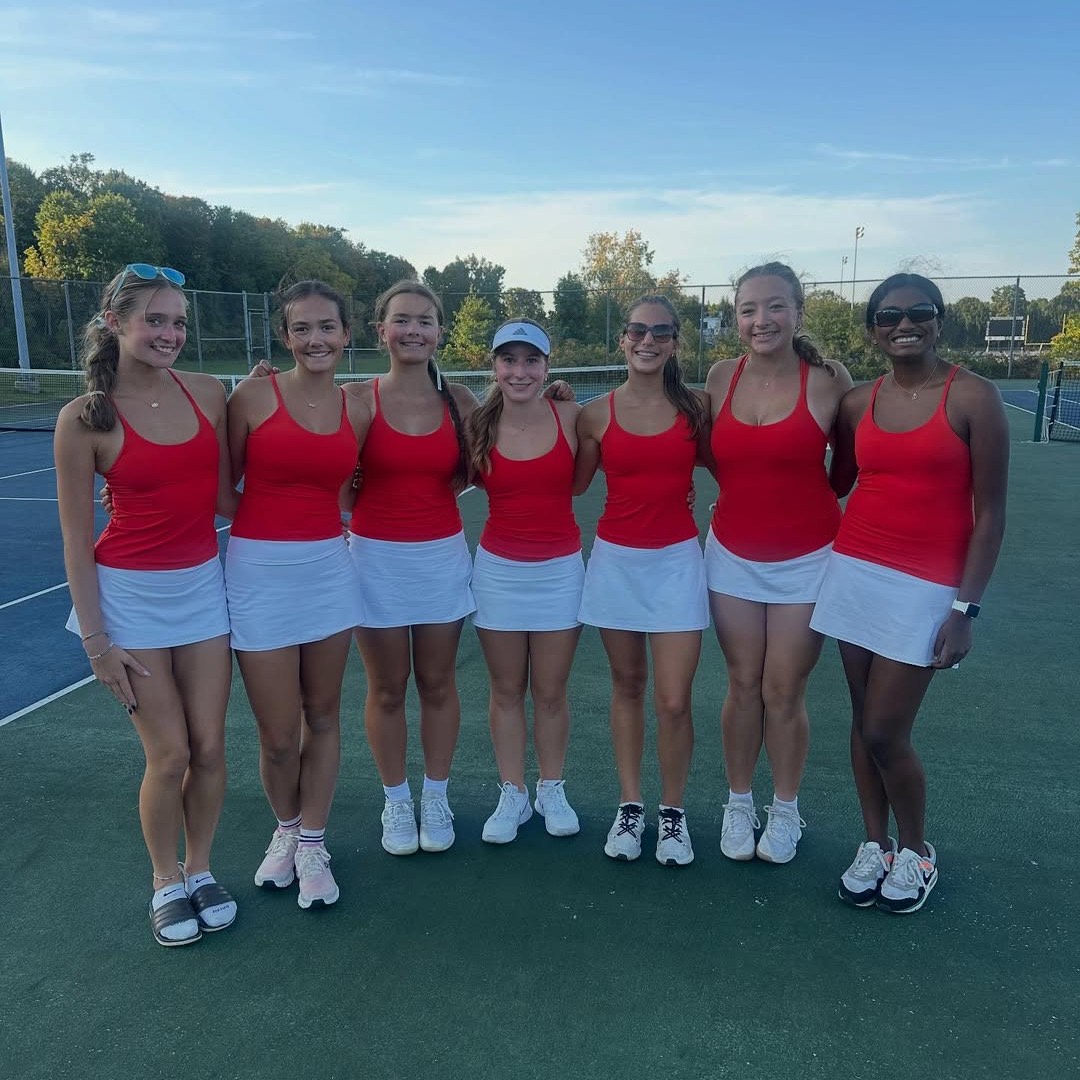
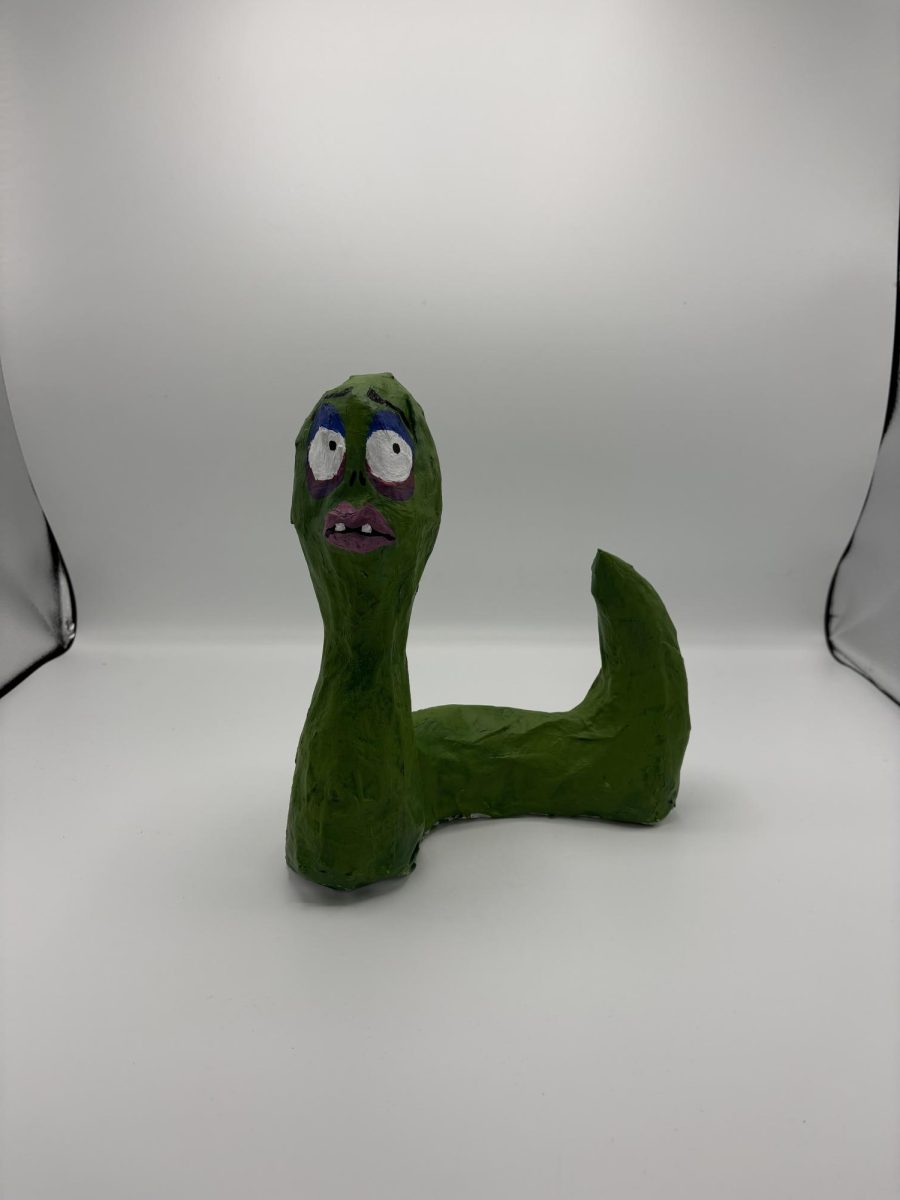
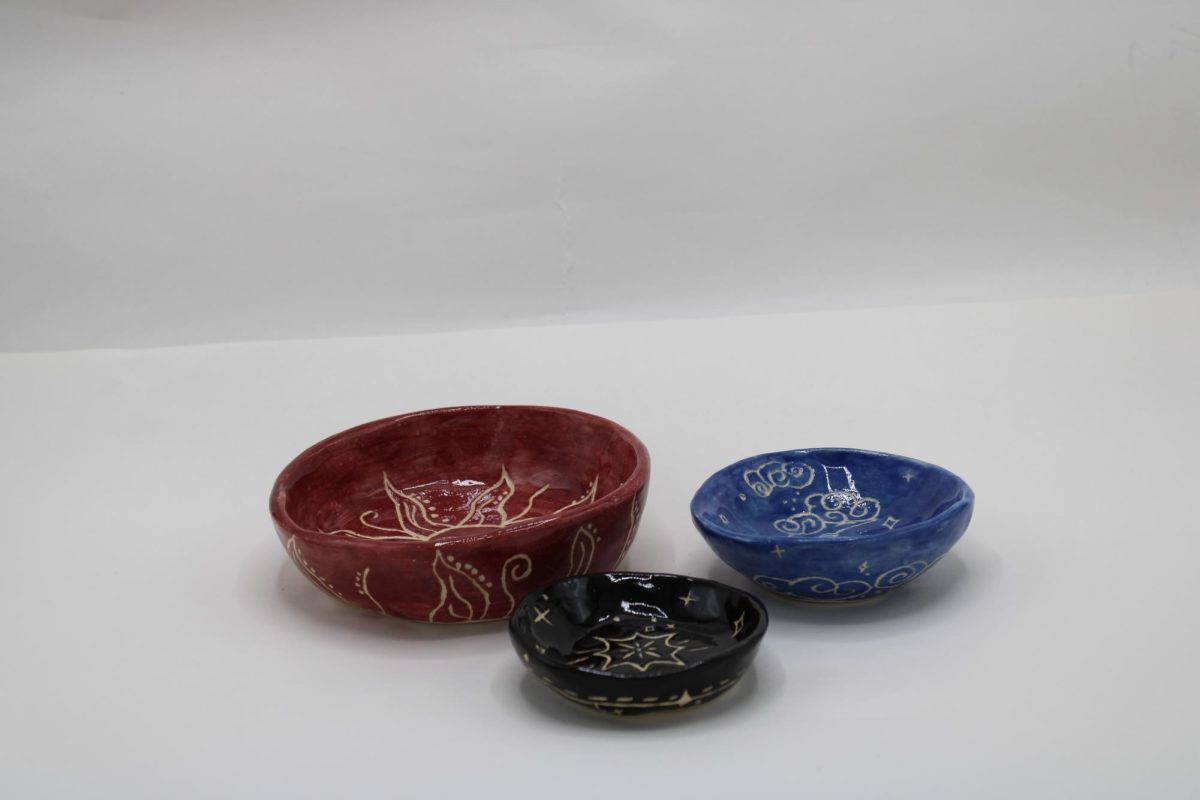
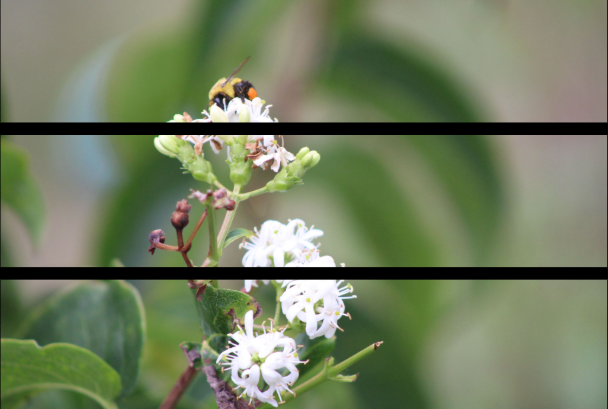

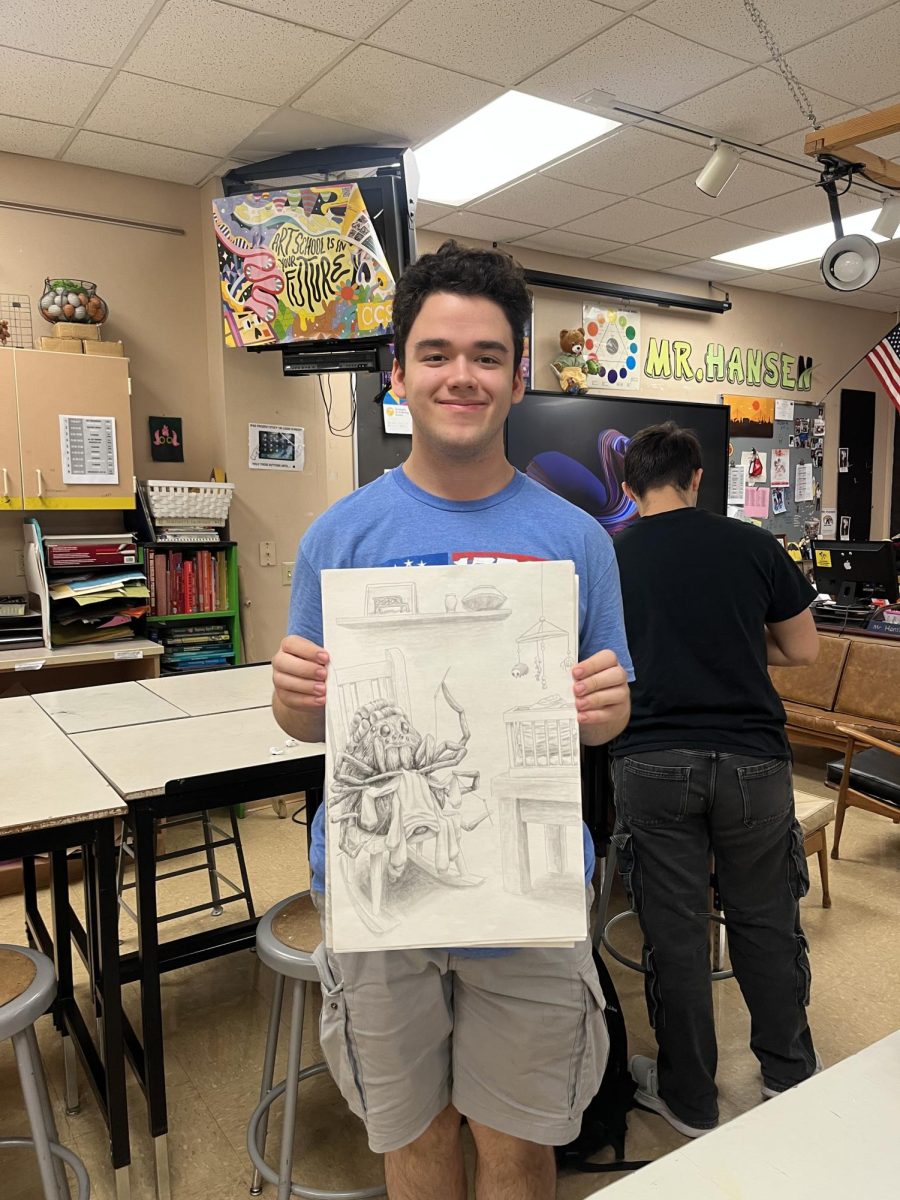




Lleyton Bell • May 18, 2025 at 6:33 pm
I strongly disagree with your statement that says RFK Jr is on a mission to make America healthy again because he has stated scientifically inaccurate information calling out vaccines and saying they link to autism. He is actively making America less healthy by criticizing vaccines even though he is not a doctor.